Red Light Therapy for Scars: Does It Really Work? (Expert Guide)
Scars got you feeling less than stellar?
We get it. Whether it's an old battle wound or a surgical souvenir, those marks can be a real drag. But what if there was a way to help them fade, even vanish? Enter red light therapy – a treatment that’s creating some serious buzz in the skincare world. But does it really live up to the hype?
Buckle up, because in this expert guide, we're shining a light on red light therapy for scars.
Types of Scars
Just like snowflakes, every scar has its own unique story. But when it comes to treatment, understanding the type of scar you're dealing with is key. Let’s break down some of the most common culprits:
-
Keloid Scars: These overachievers love to grow beyond the original wound, creating raised, thick, and often itchy bumps. They can be tricky to treat and have a tendency to recur. Unlike hypertrophic scars, which stay within the boundaries of the original injury, keloid scars can extend beyond the wound site, often causing discomfort and affecting appearance.
-
Hypertrophic Scars: Think of these as keloids' slightly less dramatic cousins. They’re also raised and red but stay within the boundaries of the original injury. Hypertrophic scars are often caused by deep wounds or burns. They can be itchy, painful, and affect the appearance of the skin.
-
Atrophic Scars: These are the sunken, pitted scars often left behind by acne or chickenpox. They can make your skin look uneven and textured. Atrophic scars are caused by a loss of collagen and elastin, the proteins that give the skin its structure.
-
Contracture Scars: These guys are the result of burns or other major injuries that cause the skin to tighten and contract. They can affect movement and function. Contracture scars can be particularly problematic in areas like the joints, where they can limit mobility.
-
Stretch Marks: While technically not scars, these streaks are caused by rapid skin stretching (think pregnancy or weight gain) and can benefit from similar treatments. Stretch marks are often red or purple at first, but they eventually fade to a silvery-white color. They can be caused by hormonal changes, rapid weight loss or gain, or pregnancy.

So, which type of scar are you facing? Knowing your enemy is half the battle. Now, let’s talk about how these scars even form in the first place...
How Scars Form
Your skin is a barrier between you and the world, protecting you from harm. When it is injured, your body initiates a complex healing process to repair the damage. This process involves the recruitment of specialized cells and the production of connective tissue to rebuild the injured area. However, the outcome of this process can sometimes result in the formation of scars.
How do scars form (00:49–2:07)
Source: TED-Ed
Here's a quick play-by-play of what goes down:
-
The Injury: The first step in scar formation is the damage to the deeper layers of the skin. This can be caused by a variety of factors, including:
-
Cuts and scrapes: These are the most common types of skin injuries. They can be caused by accidents, falls, or other traumatic events.
-
Burns: Burns can be caused by heat, chemicals, or electricity. They can range from mild to severe, and they can cause significant damage to the skin.
-
Surgery: Surgery can leave behind scars, especially if the incision is long or deep.
-
Acne: Acne can cause scars by damaging the skin's collagen and elastin.
-
Other injuries: Other types of skin injuries that can lead to scar formation include puncture wounds, animal bites, and frostbite.
-
-
Inflammation: Once the skin is injured, the body's immune system responds by sending in white blood cells and other healing factors. This process is called inflammation. Inflammation is a normal part of the healing process, and it helps to protect the body from infection. However, too much inflammation can lead to scarring.
- Proliferation: During the proliferation phase, the body begins to rebuild the damaged skin. Cells called fibroblasts produce collagen, a protein that helps to give the skin its structure. Collagen is essential for the formation of new skin tissue.
-
Remodeling: The final phase of the healing process is remodeling. During this phase, the scar tissue matures and contracts. The scar may start out red and raised, but it will usually fade and flatten over time.
Sometimes, the healing process gets a little overzealous. Too much collagen can lead to raised scars (keloids or hypertrophic), while too little can result in sunken scars (atrophic). And if the skin is stretched during healing, you might end up with stretch marks.
💡 Pro Tip:
Keeping the wound clean and moist can help minimize scarring. And if you're prone to keloids, talk to your doctor about preventive measures for wound healing.
Red Light Therapy for Scars
So, what exactly is red light therapy? It’s like giving your skin a warm, soothing hug with beams of light. But don't be fooled by its gentle nature—this therapy packs a punch when it comes to tackling scars.
Red light therapy, also known as low-level laser therapy (LLLT), uses specific wavelengths of red and near-infrared light to penetrate the skin. These wavelengths stimulate cellular activity, promoting healing and regeneration.

How Does it Work on Scars?
Red light therapy encourages your skin cells to produce more collagen and elastin, the building blocks of healthy skin. This boost in collagen helps to fill in and smooth out scars, making them less noticeable. It also helps to reduce inflammation and improve blood circulation, which can speed up the healing process.
Shining a Light on the Benefits
Red light therapy offers a whole host of benefits for scar treatment:
-
Reduces the appearance of scars: By stimulating collagen production, it helps to plump up and smooth out scars, making them less noticeable.
-
Improves skin texture: Red light therapy can help to improve the overall texture of the skin, making it look smoother and more even.
-
Reduces redness and inflammation: It helps to calm down inflamed skin, which can speed up healing and reduce the appearance of scars.
-
Increases blood flow: This helps to bring more oxygen and nutrients to the scarred area, which promotes healing.
-
Non-invasive and painless: Unlike surgery or other invasive treatments, red light therapy is gentle and doesn't cause any pain.
How Red Light Therapy Tackles Scars
Let’s break down the ways red light therapy can help you win the battle against scars:
-
Boosts collagen production: Collagen is the key to smooth, healthy skin. Red light therapy encourages your fibroblasts (the cells responsible for collagen production) to get to work, rebuilding damaged tissue.
-
Reduces inflammation: Inflammation can slow down healing and make scars worse. Red light therapy helps to calm down inflammation, promoting faster and more effective healing.
-
Improves blood circulation: Good blood flow is essential for healing. Red light therapy helps to dilate blood vessels, bringing more oxygen and nutrients to the scarred area.
-
Stimulates cellular activity: Red light therapy energizes your skin cells, promoting faster healing and regeneration.
To see the best results from red light therapy, you’ll need to use it regularly over a period of several weeks or months.
Types of Red Light Therapy Devices Used for Scars
Red light therapy devices used for scars come in various forms, each designed to target specific areas and types of scarring. Common types include:
-
Handheld Devices: Compact and portable, these are typically used for small or localized scar areas. They emit concentrated red light wavelengths and are ideal for facial scars or smaller body scars.
-
Red Light Therapy Panels: Larger red light therapy panels are designed for whole-body treatment or larger areas. These are useful for extensive scarring across wider skin regions, such as after surgery or injury.
-
Red Light Therapy Masks: Specifically designed for the face, these wearable masks emit red light evenly across facial skin. They are popular for treating acne scars or other facial imperfections.
-
Red Light Therapy Belts: These are flexible devices that can wrap around the body, suitable for treating scars on larger areas like the abdomen or back.
-
Red Light Therapy Beds: Found in clinics or professional settings, these beds provide full-body exposure to red light and are often used for treating scars resulting from major surgeries or burns.
Each of these devices uses wavelengths ranging from 630-660nm, promoting skin healing, collagen production, and reducing inflammation.
Other Scar Treatments
Red light therapy isn't the only player in the scar-busting game. Let's explore some other skin rejuvenation options that might be worth considering, depending on your scar type and severity:
Topical Treatments
-
Silicone Gel Sheets: These self-adhesive sheets create a barrier over the scar, keeping it hydrated and reducing collagen production. Think of them as a gentle hug for your scar, helping it flatten and soften over time. They're particularly effective for hypertrophic and keloid scars.
-
Scar Creams and Ointments: These come in a variety of formulations, often containing ingredients like silicone, vitamin E, or onion extract. While they may not work miracles, they can help to hydrate the scar and improve its appearance.
Minimally Invasive Procedures
-
Corticosteroid Injections: These injections deliver a potent dose of anti-inflammatory medication directly to the scar, helping to reduce its size and redness. They're often used for keloids and hypertrophic scars.
-
Microneedling: This involves creating tiny punctures in the skin with a needle-studded roller. It may sound scary, but it actually stimulates collagen production and helps to remodel scar tissue.
-
Laser Therapy: Different types of lasers can be used to target specific scar concerns. For example, ablative lasers can remove the top layer of skin, while non-ablative lasers stimulate collagen production without damaging the surface.
Surgical Options
-
Scar Revision: This surgical procedure involves removing the scar and closing the wound with meticulous stitching. It's often used for large or unsightly scars that don't respond to other treatments.
-
Skin Grafts: This involves transplanting healthy skin from another part of the body to replace the scarred area. It's usually reserved for severe burns or other major injuries.
-
Tissue Expansion: This involves placing a balloon-like device under the skin near the scar. The balloon is gradually inflated over several weeks, stretching the surrounding skin. This creates extra skin that can be used to replace the scarred area.
💡 Pro Tip:
It’s always best to consult with a dermatologist or plastic surgeon to discuss the best treatment options for your specific scar. They can assess your individual needs and recommend a personalized treatment plan.
The best approach will depend on the type of scar you have, its location, and your individual goals. So don’t be afraid to explore your options and find what works best for you.
Red Light Therapy for Different Scars Treatment
So, you're probably wondering, "Can this red light magic work on my scars?" Let’s get into how it tackles some specific types:
Red Light Therapy for Hypertrophic Scars
-
Shrinking the Bullies: Hypertrophic scars can be like those annoying kids who always take up too much space. Red light therapy helps to “calm them down” by reducing inflammation and encouraging the scar tissue to remodel and flatten.
-
Fading the Redness: Fresh hypertrophic scars often sport a bright red hue. Red light therapy can help to reduce blood flow to the area, fading that redness over time.

Source: Wikipedia
Red Light Therapy for Keloid Scars
-
Taming the Wild Ones: Keloids are notorious for their stubbornness and tendency to grow beyond the original wound. While red light therapy might not completely erase them, it can help to shrink their size, reduce itchiness, and make them less noticeable.
-
Preventing Recurrence: In some cases, red light therapy can even be used after keloid removal surgery to help prevent them from coming back. That’s some serious superhero stuff right there.

Source: Wikipedia
Red Light Therapy for Tummy Tuck Scars
-
Smoothing Out the Canvas: Tummy tuck scars can be a bit of a bummer after such a transformative procedure. But red light therapy can help to minimize their appearance, improve skin elasticity, and boost your confidence.

Source: Cleveland Clinic
Red Light Therapy for Burn Scars
-
Healing from the Inside Out: Burn scars can be particularly challenging, both physically and emotionally. Red light therapy can help to accelerate healing, reduce pain and itching, and improve the overall appearance of the scar.

Source: MedicalNewsToday
Is Red Light Therapy Good for Acne Scars?
-
Yes, but with a Catch: Red light therapy can help with certain types of acne scars, particularly those that are red or inflamed. However, it’s less effective on deep, pitted scars (atrophic scars). For those, you might need to consider other options like microneedling or laser therapy.
-
Double the Power: Combining red and blue light therapy can be even more effective for acne scars. Blue light helps to kill acne-causing bacteria, preventing new breakouts and further scarring. Red light then swoops in to promote healing and reduce the appearance of existing scars. Talk about a power couple.

Source: Healthline
Red Light Therapy for Old Scars
-
Breathing New Life into Old Wounds: Does red light therapy only work on fresh scars? Think again. Even old scars can benefit from its regenerative powers. It can help to soften and flatten them, improve their texture, and reduce any lingering discoloration.

Source: American Society for Dermatologic Surgery
It takes time for red light therapy to work its magic. Be consistent with your treatments and don’t get discouraged if you don’t see results overnight.
Red Light Therapy and C-Section Scars
C-section scars can be a tender reminder of a beautiful but challenging experience. While they're a badge of honor for many moms, it's perfectly okay to want to minimize their appearance. And that's where red light therapy comes in, offering a potential solution that's both gentle and effective.

Source: MedicalNewsToday
How Red Light Therapy Can Help
-
Boosts Collagen Production: Collagen is the key to strong, healthy skin. Red light therapy stimulates the production of collagen, which can help to fill in and smooth out the scar tissue, making it less noticeable.
-
Reduces Inflammation: C-section scars can sometimes become inflamed, causing discomfort and delaying healing. Red light therapy helps to reduce inflammation, promoting faster and more effective healing.
-
Improves Blood Circulation: Increased blood flow delivers more oxygen and nutrients to the scar tissue, which is essential for healing. Red light therapy helps to improve blood circulation, which can help to speed up the healing process.
-
Reduces Pain and Discomfort: Red light therapy has been shown to reduce pain and discomfort associated with scars. This can be particularly beneficial for C-section scars, which can sometimes be tender or sensitive.
Tips for Using Red Light Therapy on C-Section Scars
-
Start Early: The sooner you start using red light therapy on your C-section scar, the better. It's most effective during the early stages of healing, when collagen production is at its peak.
-
Be Consistent: Use red light therapy regularly, as directed by your healthcare provider or the device manufacturer. Consistency is key to achieving optimal results.
-
Use the Right Device: Choose a red light therapy device that's specifically designed for scar treatment. Make sure it emits the correct wavelengths of light and has the appropriate power output.
-
Follow Safety Guidelines: Always follow the safety guidelines provided with your red light therapy device. Avoid using it on broken or irritated skin, and protect your eyes from the light.
💡 Pro Tip:
Combine red light therapy with other scar treatments, such as silicone gel sheets or scar creams, for even better results.
Every C-section scar is different, and results may vary. But with consistent use and proper guidance, red light therapy can be a valuable tool in your scar-healing journey.
When to Start Scar Treatment After Surgery
So, you've had your surgery and are eager to start fading that scar ASAP. But hold your horses. Jumping the gun on skin health treatment can actually do more harm than good.
Your skin needs time to heal properly before you start any scar treatment. Rushing into things can irritate the wound, disrupt the healing process, and even worsen the appearance of the scar.

How Long Should You Wait?
The general rule of thumb is to wait until the wound is fully closed and healed before starting any scar treatment. This usually takes about 2-3 weeks, but it can vary depending on the type of surgery and your individual healing rate.
Here are some signs that your wound is ready for treatment:
-
No scabs or open areas: The wound should be completely closed and free of any scabs or drainage.
-
No signs of infection: There should be no redness, swelling, warmth, or tenderness around the wound.
-
Stitches or staples removed: If you had stitches or staples, they should be removed before starting scar treatment.
💡 Pro Tip:
Always consult with your surgeon before starting any scar treatment. They can give you specific instructions based on your individual case and the type of surgery you had.
Once your wound is fully healed, you can start exploring your scar treatment options, including red light therapy. The sooner you start treatment, and the more diligently you stick with it, the better your chances of minimizing the appearance of your scar.
💬 FAQs
Q1: Is red light therapy good for scars?
A: Absolutely. Red light therapy has shown promising results in improving the appearance of various scars, including hypertrophic scars, keloid scars, acne scars, and even old surgical scars. It works by stimulating collagen production, reducing inflammation, and improving blood flow to the affected area.
Q2: What LED light is best for scarring?
A: Red light emitting diode (LED) light therapy, specifically light wavelengths between 630nm and 660nm, is considered the most effective for scar treatment. These wavelengths penetrate deep into the skin, reaching the fibroblasts responsible for collagen production. Near-infrared light (830nm) can also be beneficial, as it penetrates even deeper and stimulates cellular activity.
Q3: Can you use red light therapy on a wound?
A: No, red light therapy should not be used on open wounds. It's best to wait until the wound is fully closed and healed before starting any scar treatment, including red light therapy. Using it on an open wound could irritate the area and delay skin healing.
Q4: What light is best for acne scars?
A: A combination of red and blue light therapy is often recommended for acne scars. Blue light helps to kill acne-causing bacteria, preventing new breakouts and further scarring. Red light then helps to reduce inflammation and promote the healing of existing scars.
Q5: Does red light therapy fade scars?
A: Yes, red light therapy can help to fade scars by stimulating collagen production and improving blood flow to the affected area. This can help to reduce the appearance of scars, making them less noticeable over time.
Q6: Is 10 minutes of red light therapy enough?
A: While some benefits can be seen with shorter sessions, 10 minutes might not be enough for optimal scar treatment. Most experts recommend sessions lasting between 15 and 20 minutes for the best results.
Q7: How long does it take to see results from red light therapy?
A: It can take several weeks or even months to see noticeable results from red light therapy for scars. Consistency is crucial, so stick to your treatment plan and don't give up if you don't see immediate results.
Scarred No More: Smooth Skin Starts Here
While scars may tell a story, they don't have to define you. With the right treatment and a little patience, you can reclaim your confidence and embrace your beautiful skin.
Key takeaways
-
Scars are a natural part of healing but come in different types.
-
Red light therapy can be a game-changer for scar reduction, promoting collagen production, reducing inflammation, and improving blood flow.
-
Other scar treatment options are available, from topical creams to surgical procedures.
-
Consult a professional to determine the best treatment for your specific scar.
-
Patience and consistency are key to achieving optimal results.
Ready to elevate your scar treatment and create a cozy haven for healing? Homlyns is here to help.
Why Homlyns?
Because warmth and comfort are the essences of life, Homlyns understands the importance of creating a nurturing environment for your body and mind. Our premium red light therapy devices provide the perfect backdrop for your scar treatment routine. Imagine relaxing in the gentle warmth of your Homlyns heater while red light therapy works its magic on your skin. It’s the ultimate self-care experience.
Reference:
- Gozali MV, Zhou B. Effective treatments of atrophic acne scars. J Clin Aesthet Dermatol. 2015;8(5):33-40.
- Landén NX, Li D, Ståhle M. Transition from inflammation to proliferation: a critical step during wound healing. Cell Mol Life Sci. 2016;73(20):3861-3885. doi:10.1007/s00018-016-2268-0
- Schmieder SJ, Ferrer-Bruker SJ. Hypertrophic Scarring. [Updated 2023 Sep 4]. In: StatPearls [Internet]. Treasure Island (FL): StatPearls Publishing; 2024 Jan-. Available from: https://www.ncbi.nlm.nih.gov/books/NBK470176/
⭐️ Related Posts:




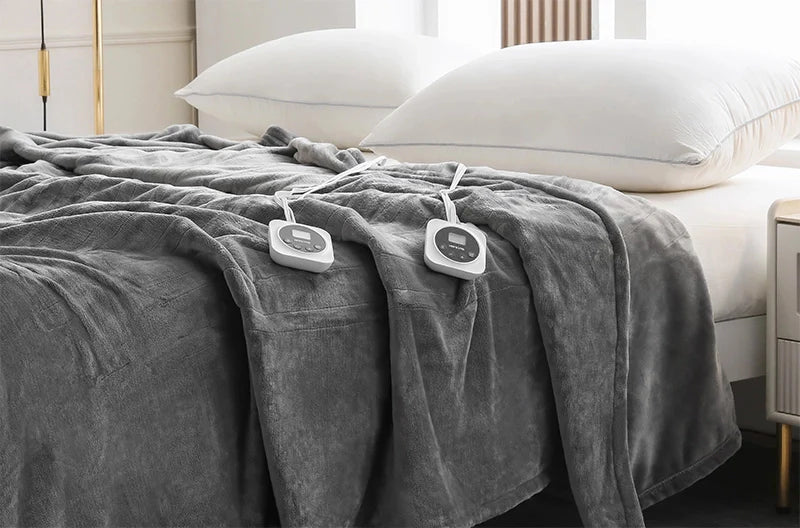

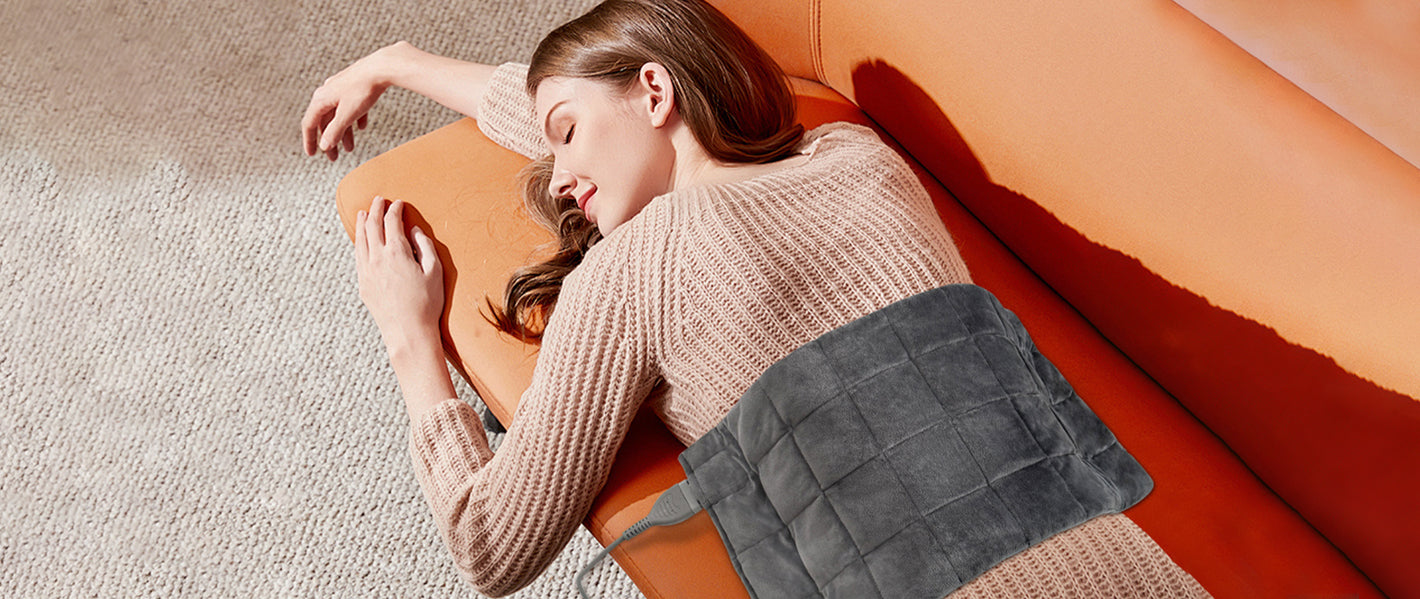
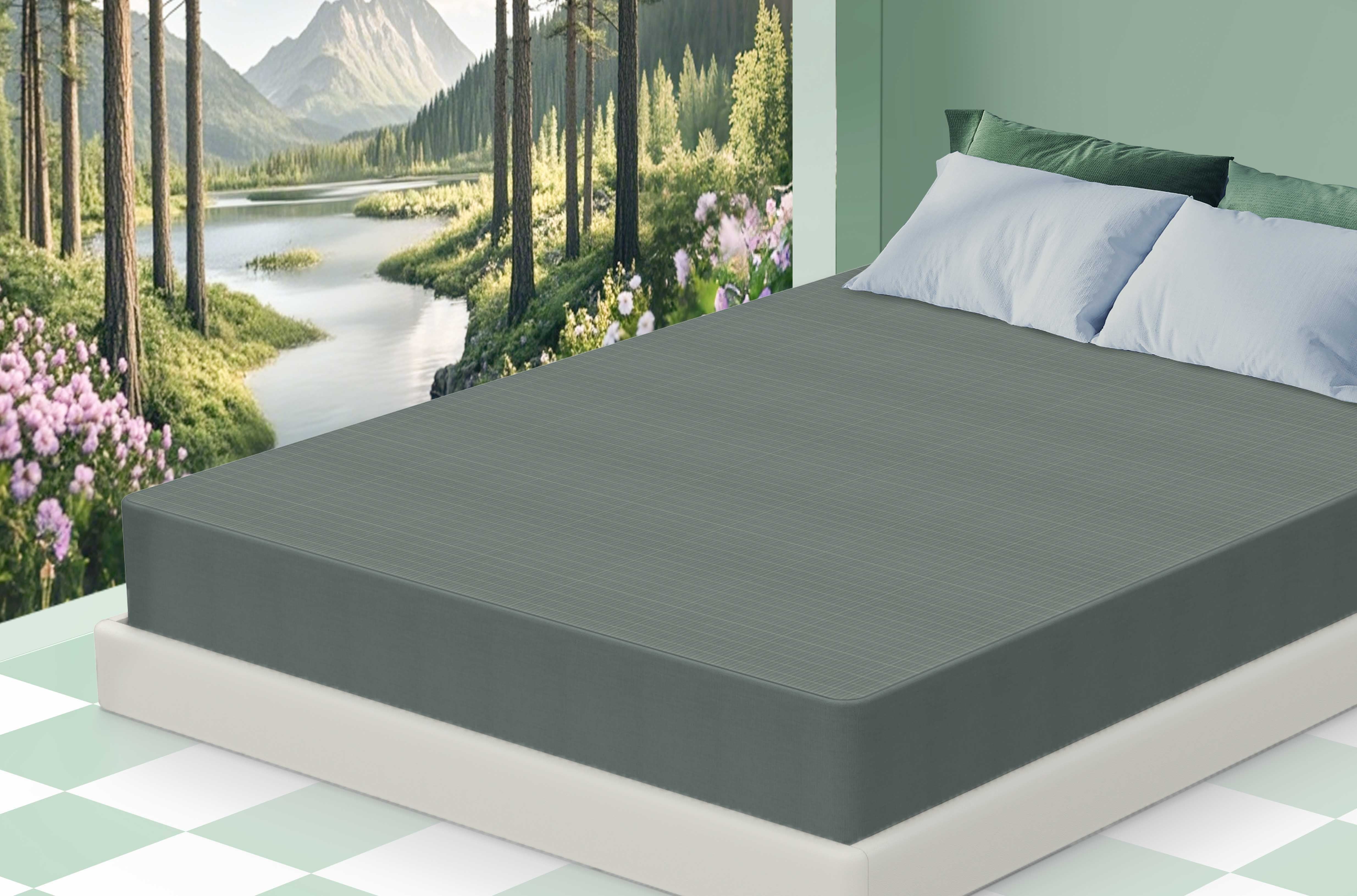

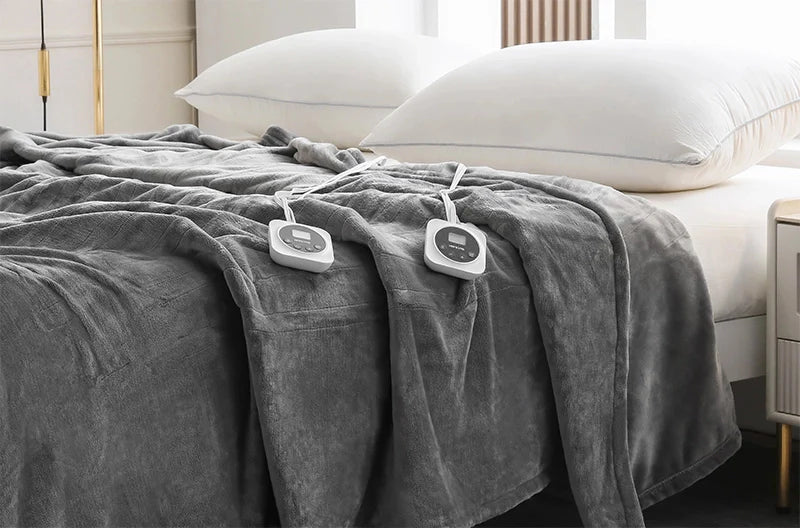

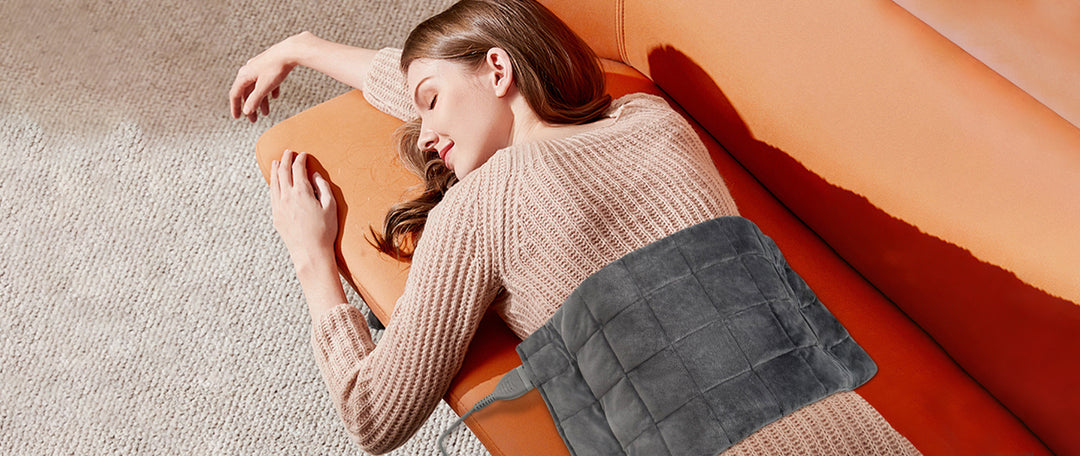
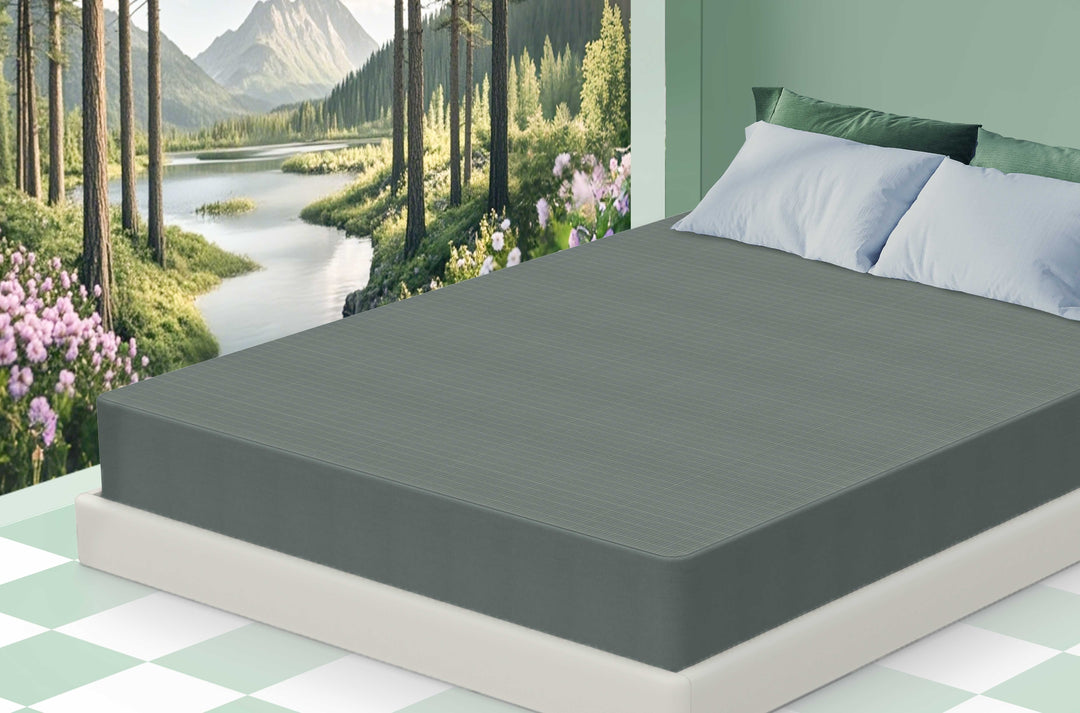



Leave a comment